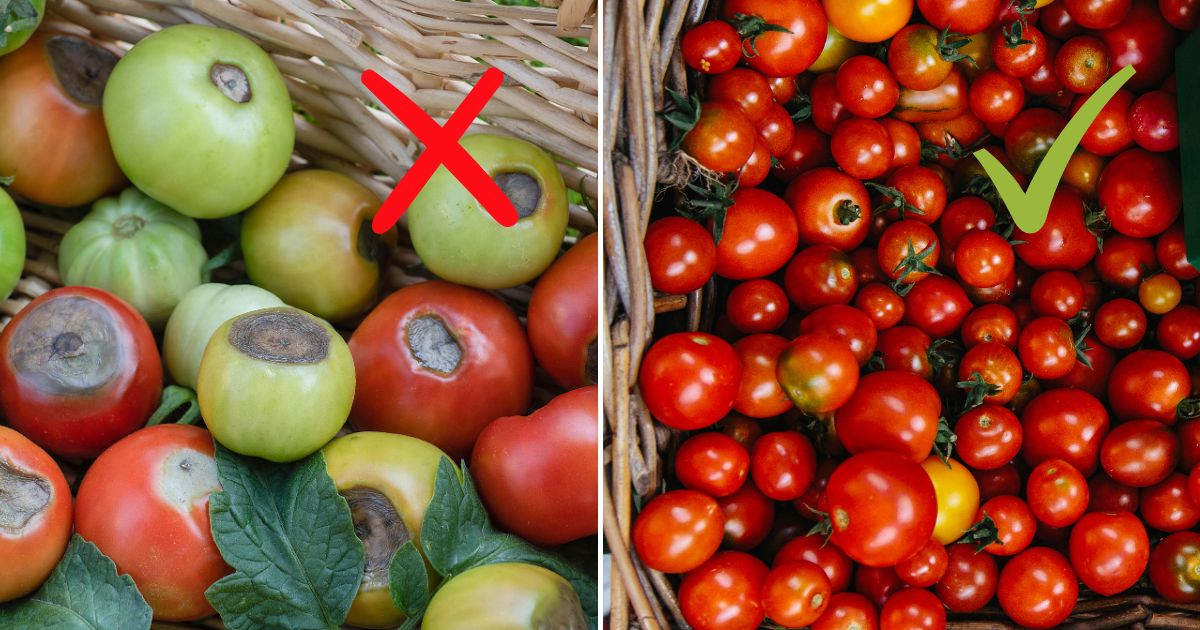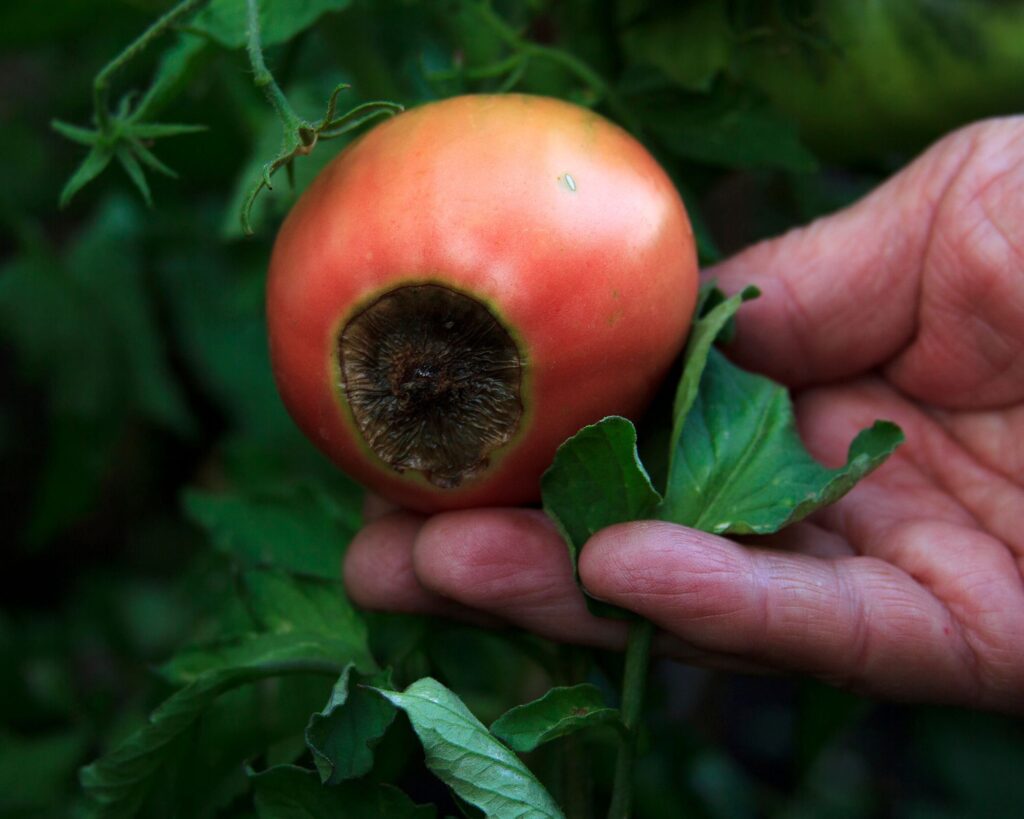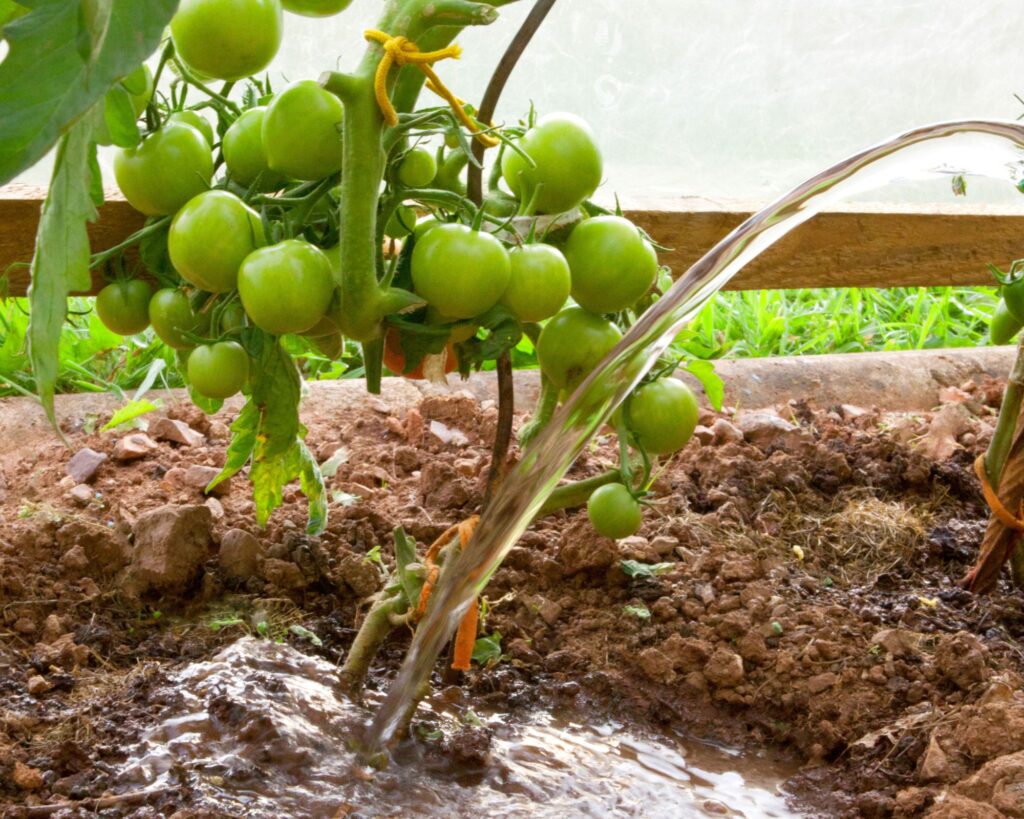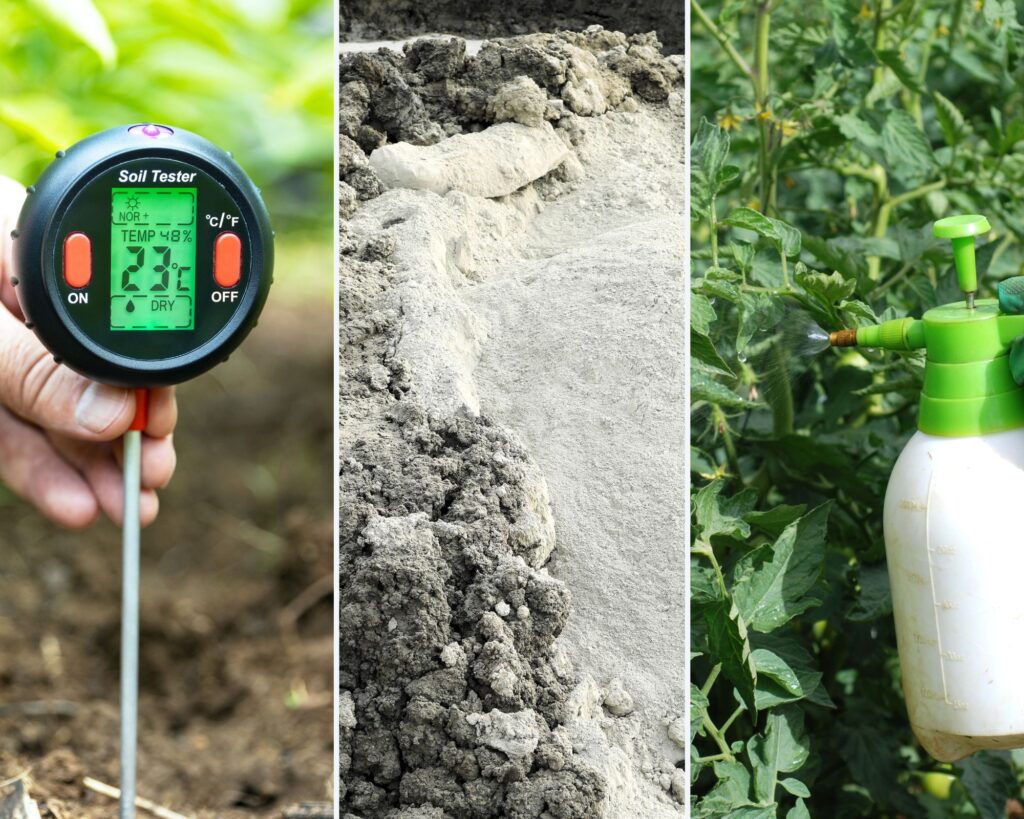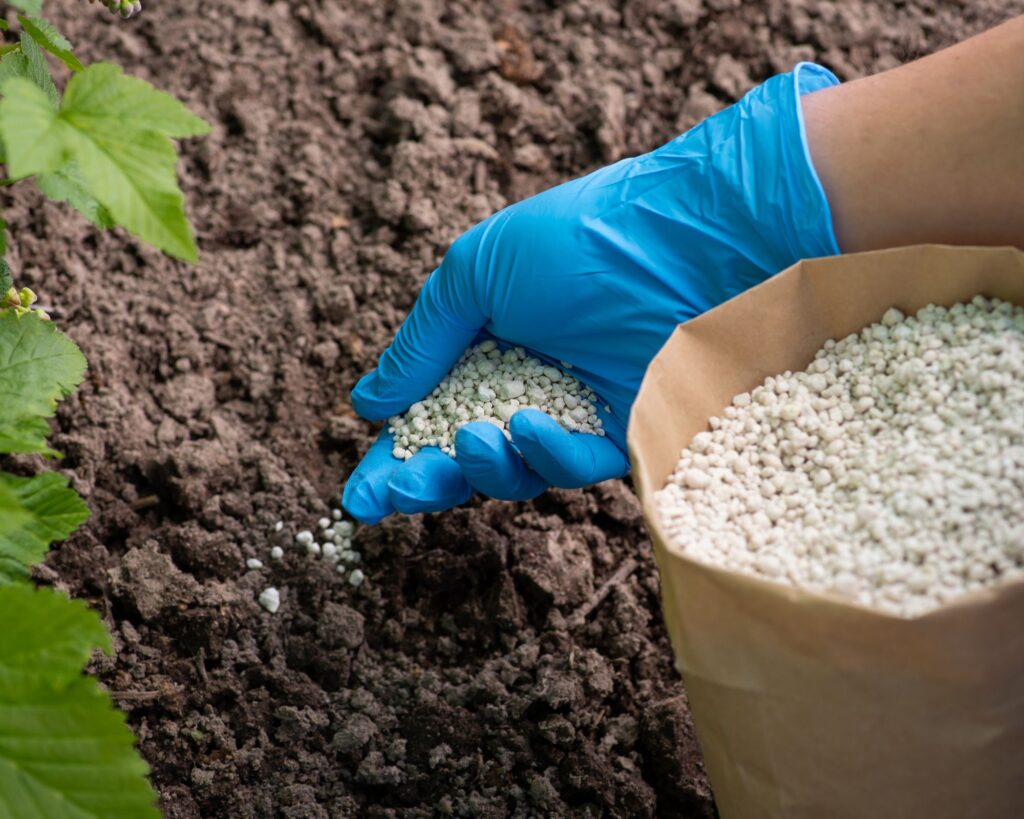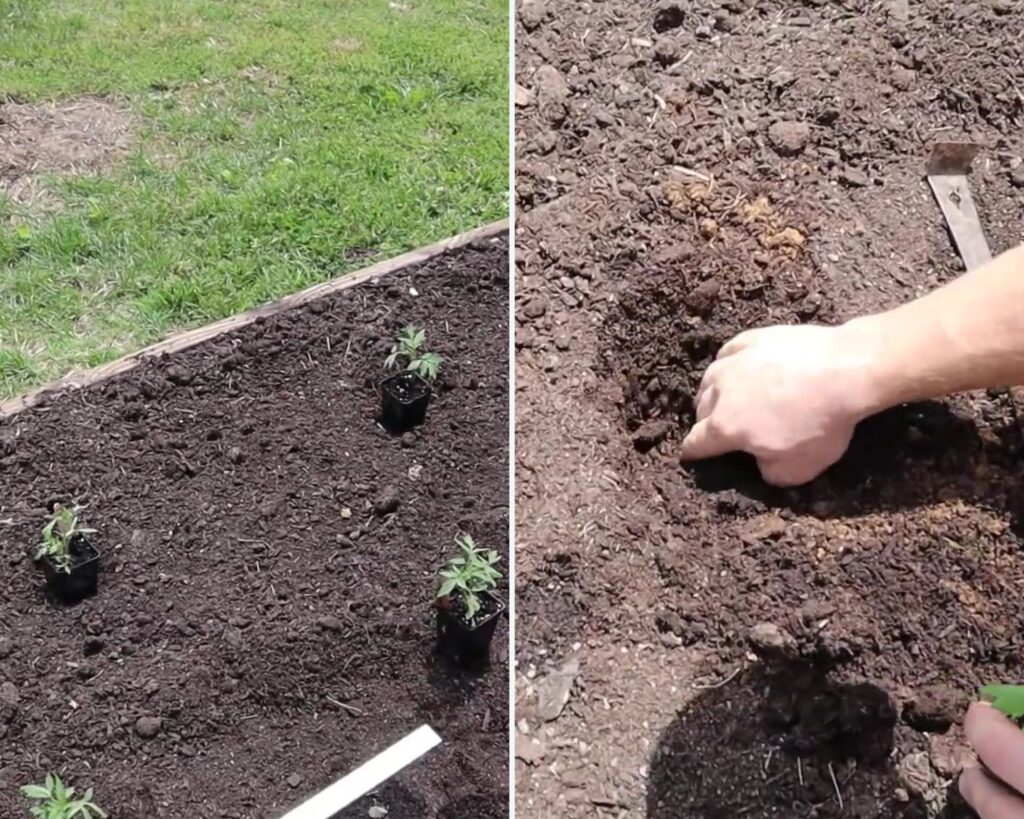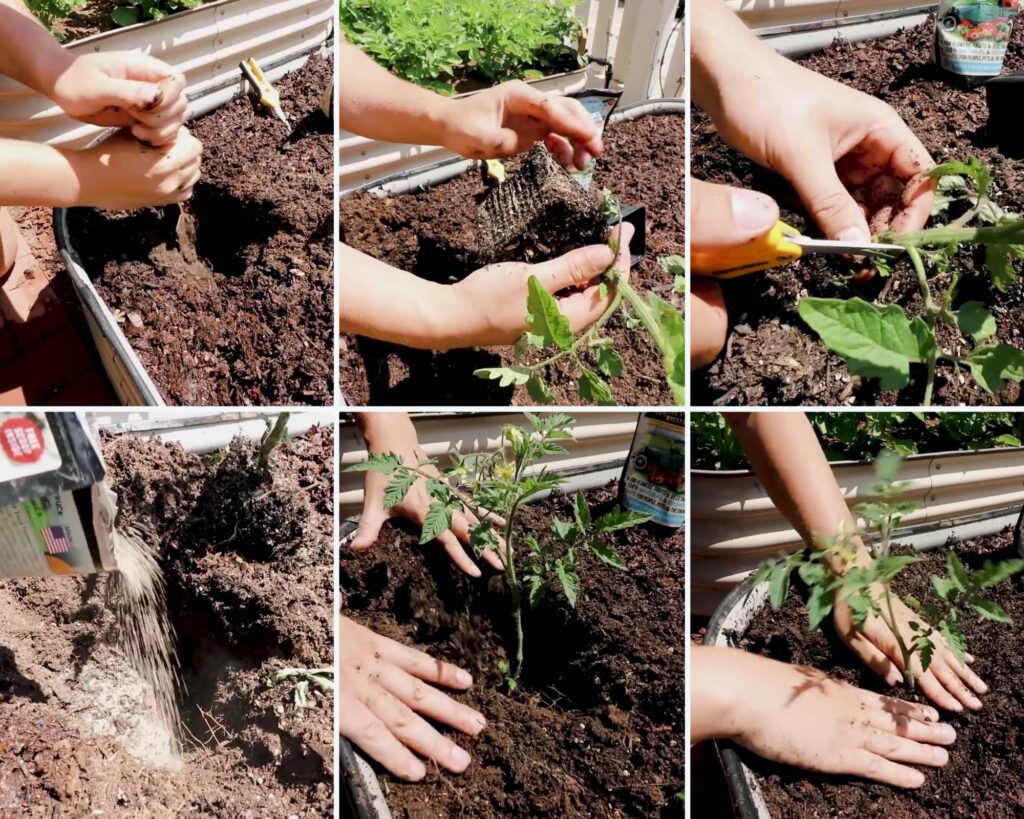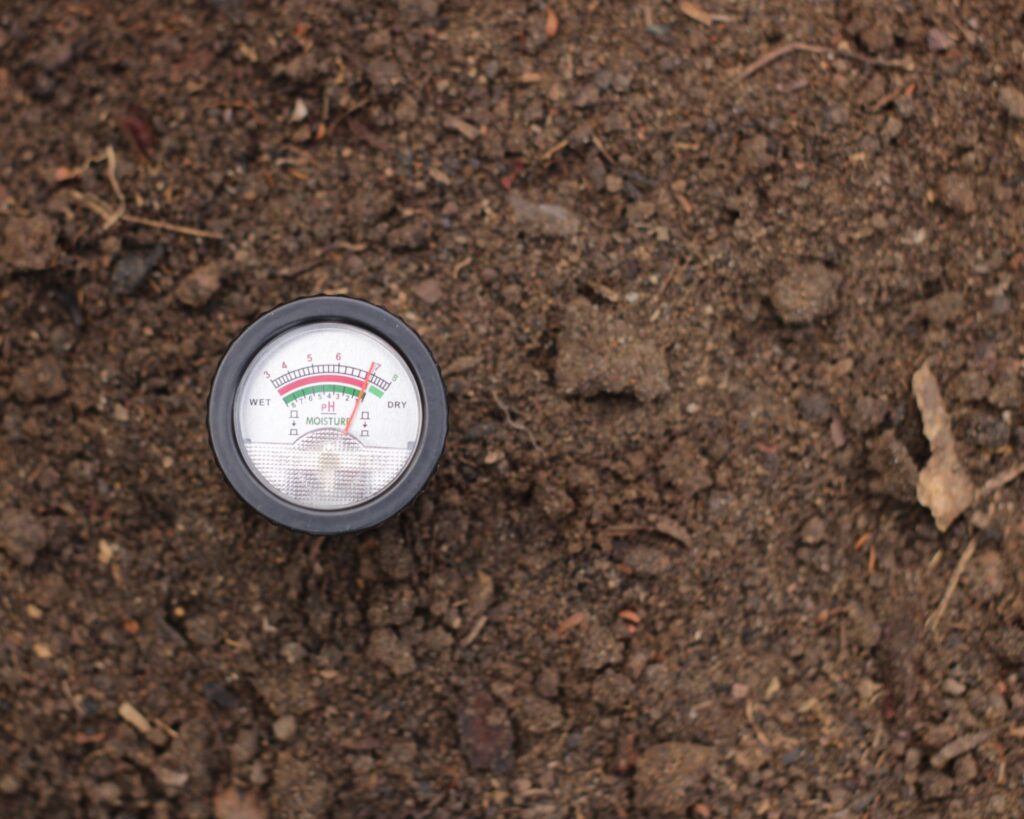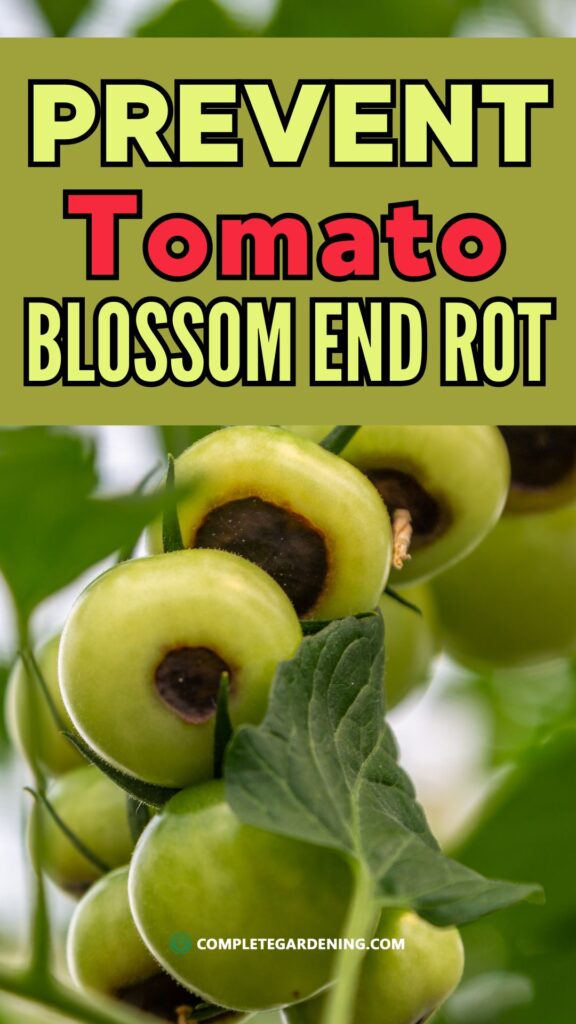Blossom end rot (BER) is a tomato grower’s nightmare, turning beautiful fruits into unsightly, inedible disappointments. This common issue begins as a dark, sunken spot at the blossom end of the tomato, and if left unchecked, it can devastate an entire crop.
Fortunately, understanding and preventing blossom end rot is the key to a successful tomato harvest.
Dive into these six proven methods to safeguard your tomatoes and keep your garden flourishing.
Understanding Blossom End Rot
Blossom end rot is primarily caused by nutrient deficiencies, particularly calcium, and can be exacerbated by inconsistent watering, soil pH imbalances, and environmental stressors.
Identifying this problem early and knowing its effects on your tomato plants can help you manage it effectively.
Causes of Blossom End Rot:
- Calcium Deficiency: The most common cause of BER, calcium deficiency can be due to low calcium levels in the soil or the plant’s inability to absorb calcium because of inconsistent watering.
- Inconsistent Watering: Fluctuating moisture levels can disrupt the plant’s calcium uptake, leading to BER.
- Soil pH Levels: Soil that is too acidic or too alkaline can hinder the plant’s ability to absorb calcium and other essential nutrients.
- High Nitrogen Fertilizers: Excessive nitrogen can promote lush foliage growth at the expense of fruit development.
- Environmental Factors: Temperature fluctuations and humidity variations can stress the plant, making it less efficient in nutrient uptake.
Identifying the Symptoms
- Dark, sunken spots appear on the fruit’s blossom end, gradually enlarging and turning black.
- Early symptoms might include water-soaked areas at the blossom end, which quickly evolve into leathery, brown patches.
- Affected areas often feel mushy.
Impact on Tomato Plants:
- Reduced yield and quality of tomatoes.
- Smaller fruits with large portions rendered inedible.
- Stressed plants, potentially leading to overall weaker growth.
1. Maintain Consistent Soil Moisture
One of the leading causes of blossom end rot is inconsistent soil moisture. Ensuring your tomato plants receive a steady supply of water can significantly reduce the risk of BER.
1. Regular Watering: Water your tomato plants deeply and consistently. Aim to water at the base of the plants, keeping the soil evenly moist but not waterlogged.
Typically, tomatoes require about 1-2 inches of water per week, depending on the weather conditions.
2. Mulching: Applying a layer of mulch around your tomato plants helps retain soil moisture and prevents evaporation. Organic mulches like straw, grass clippings, or shredded leaves are excellent choices.
3. Drip Irrigation: Consider using a drip irrigation system to deliver consistent moisture directly to the plant roots. This method ensures a steady water supply without wetting the foliage, which can reduce the risk of disease.
2. Ensure Adequate Calcium Levels
Calcium deficiency is a primary cause of blossom end rot. While the soil may contain sufficient calcium, various factors can hinder its absorption by the plant. Ensuring your tomatoes have access to adequate calcium is vital for preventing BER.
1. Soil Testing: Before planting, test your soil to determine its calcium levels and pH. Tomatoes prefer slightly acidic to neutral soil (pH 6.2 to 6.8). Adjust the pH if necessary using lime (to raise pH) or sulfur (to lower pH).
2. Calcium Supplements: If your soil lacks calcium, consider adding calcium-rich amendments such as gypsum (calcium sulfate) or lime (calcium carbonate). Follow the manufacturer’s instructions for application rates.
3. Foliar Sprays: In cases of acute calcium deficiency, use calcium foliar sprays to provide an immediate boost. These sprays can be applied directly to the leaves, allowing the plant to absorb calcium quickly.
3. Proper Fertilization Practices
Balanced fertilization is essential for preventing blossom end rot. Over-fertilizing with nitrogen can promote lush foliage growth at the expense of fruit development, while under-fertilizing can lead to nutrient deficiencies.
1. Balanced Fertilizer: Use a balanced fertilizer with equal parts nitrogen (N), phosphorus (P), and potassium (K). A 10-10-10 or 5-10-10 fertilizer is often recommended for tomatoes.
2. Avoid High Nitrogen: Excessive nitrogen can lead to vigorous leaf growth but poor fruit development. Avoid high-nitrogen fertilizers, especially during the flowering and fruiting stages.
3. Organic Matter: Incorporate organic matter like compost into the soil before planting. Organic matter improves soil structure, water retention, and nutrient availability.
4. Optimal Planting and Spacing
Proper planting and spacing of tomato plants are crucial for their overall health and reducing the risk of blossom end rot. Crowded plants compete for nutrients and water, leading to stress and potential nutrient deficiencies.
- Correct Spacing: Space your tomato plants adequately to ensure good air circulation and reduce competition for resources. Typically, determinate varieties should be spaced 18-24 inches apart, while indeterminate varieties need 24-36 inches.
- Proper Depth: Plant tomatoes deeply, burying part of the stem to encourage additional root growth. More roots mean better nutrient and water absorption.
- Support Structures: Use stakes, cages, or trellises to support your tomato plants. Proper support keeps the plants upright, improves air circulation, and makes it easier to manage and water them.
5. Avoid Root Damage
Healthy roots are essential for nutrient uptake, including calcium. Damaged or disturbed roots can hinder the plant’s ability to absorb nutrients, increasing the risk of blossom end rot.
1. Gentle Transplanting: When transplanting seedlings, handle them gently to avoid damaging the roots. Dig a hole deep enough to accommodate the root ball without bending or crowding the roots.
2. Avoid Tillage: Minimize tilling or digging around established tomato plants. Disturbing the soil can damage the roots and disrupt nutrient uptake.
3. Mulch to Protect Roots: Apply mulch around the base of the plants to protect the roots from temperature fluctuations and physical damage.
6. Monitor and Adjust pH Levels
Soil pH affects nutrient availability, including calcium. Maintaining an optimal pH range ensures that calcium and other nutrients are accessible to the tomato plants.
1. Regular Testing: Test your soil’s pH regularly, at least once a season. Soil test kits are available at garden centers, or you can send samples to a local extension service for analysis.
2. Adjust pH Gradually: If your soil pH is too low (acidic), add lime to raise it. If it is too high (alkaline), add sulfur to lower it. Make adjustments gradually and retest the soil after a few weeks.
3. Consistent Monitoring: Even if the initial pH is within the desired range, continue to monitor it throughout the growing season. Factors like rainfall and fertilization can alter soil pH over time.
Blossom end rot (BER) is a frustrating challenge for tomato growers, turning beautiful, promising fruits into inedible disappointments.
However, with a solid understanding of the causes and symptoms of BER and the application of the six proven methods outlined here, you can protect your tomatoes and ensure a successful harvest.
By implementing these strategies, you can significantly reduce the risk of blossom end rot and enjoy a bountiful, healthy tomato harvest. With these techniques, your garden will thrive, and you’ll be rewarded with robust, vibrant tomatoes year after year.
